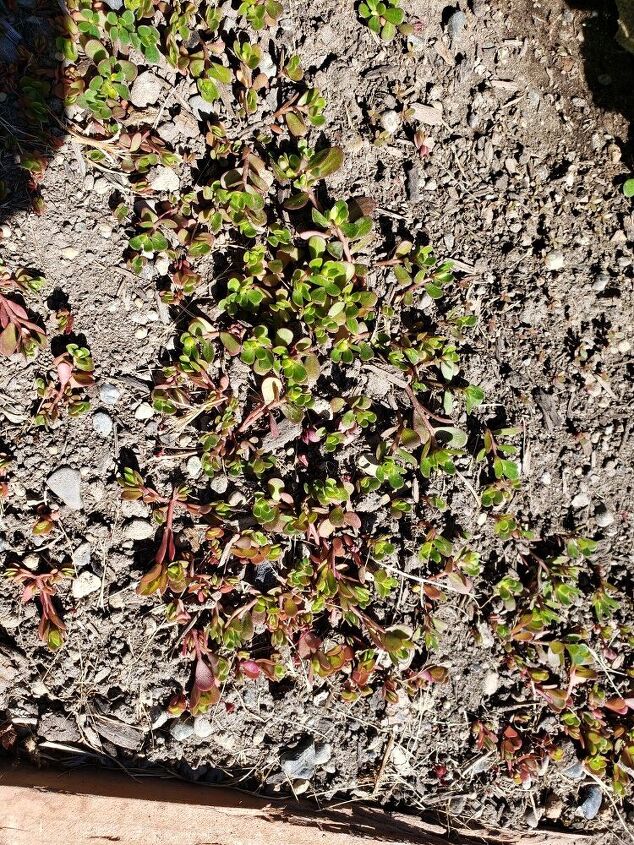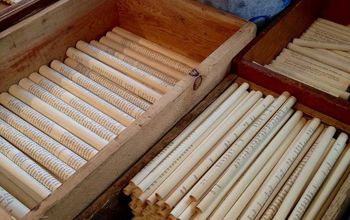How to start composting?

How do I start composting
Related Discussions
GNATS - How to get rid of them?
Somehow my house and garden got tiny gnats that killed my fuchsia plant and fly everywhere. I have tried ALL the Web recommendations - soap and oil dishes, sand in th... See more
Marigolds growing! Should I pinch the buds?
My marigold plants are growing. I heard that pinching the buds until Autumn will allow them to grow without killing the plant. Is this true?
Growing garlic
Growing our first garlic, should we wait until the leaves are drying out before we pick it? Husband picked first one today along with our first potatoes.
How to keep mice out of your garden?
Hi everyone, I have mice in my garden destroying my vegetables and I have also noticed them in the barn and shed. Please can someone tell me how to prevent them from ... See more
What's the best flower/plant to grow in Texas?
I know that opinions vary, but what's your opinion?!I have great luck w Rosemary plants. Green all year long.
How do i get rid of a stubborn weed, common purslane?
Hello, Does anyone know how to get rid of common purslane? I keep pulling it out and it's trying to take over my veggie garden.Help! Melinda
What is the easiest way of getting gravel out of grass?
We removed a deck in our backyard and now the lawn next to it is full of gravel. I tried using a rake but that did not work well. I would love any advice on an easy w... See more





https://www.diynetwork.com/how-to/outdoors/gardening/how-to-start-a-compost-pile
Hi Lisa -
Here's a great 101-style article on getting started with composting and everything you ever need to know. Also how we DIY'ed building our compost bin. My Stepson built it for a Boy Scout merit badge. Hope this all helps and happy composting! Hugs, Holly
https://pinkfortitude.com/composting/
https://pinkfortitude.com/compost-bin/
Save a milk carton and throw your scraps in it. Then take bricks and make a pit in your back yard (Away from house) as it will smell when it decomposes. Coffee grounds and vegetables, egg shells work great to add protein, and nutrients to the materials.
I have been composting for a dozen years and have NEVER had a "smell" problem. Are you composting ONLY vegetable matter? My in is in my back yrd/within 5' of my neighbor's drive. I have never had a complaint.
NEVER "COMPOST" ANIMAL PRODUCTS.
You will be smell free.